What a Geographic and Fissured Tongue Is
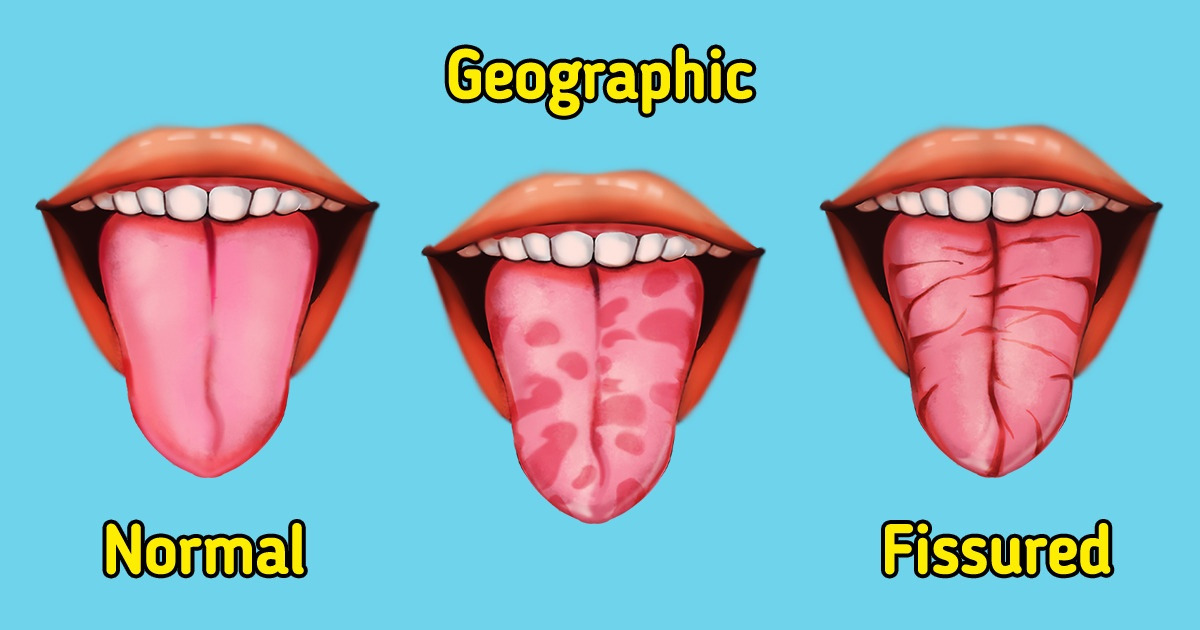
Each person’s body is individual and unique. Different eyes, noses, and lips are obvious. But few people know that there are different types of tongues.
5-Minute Crafts is going to tell you what a geographic and fissured tongue is.
❗ Important: This article is for informational purposes only and can’t replace the recommendation of an expert.
Geographic tongue
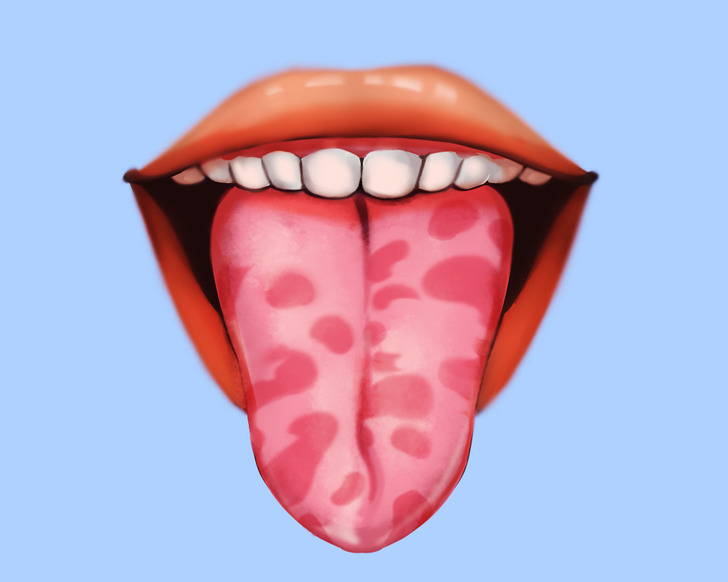
A geographic tongue is a tongue with spots on the edges. Because of the spots, the tongue’s surface looks like a map.
There’s no exact information on how many people have such tongues. According to some estimations, it’s only 3%. A geographic tongue is a harmless condition. It’s not contagious and doesn’t cause any long-term health issues.
To prevent it, avoid irritating your tongue with spicy and hot foods.
Geographic tongue symptoms
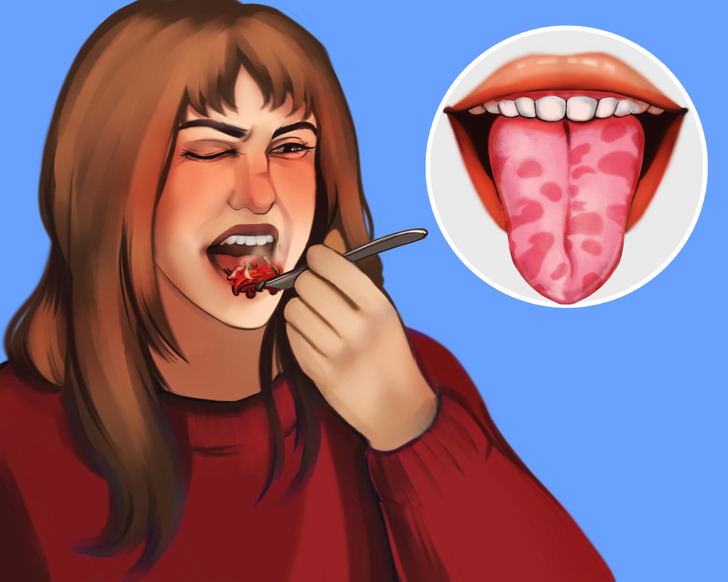
- Color: Usually, the spots on a geographic tongue are red with a white outline. But they can also be pink with yellow, white, and gray.
- Texture: On a geographic tongue, there are flat and smooth spots. There are no tiny bumps that usually cover the tongue’s surface.
- Shape and size: The spots on the tongue can change their shapes and sizes. Such changes can happen very quickly, in a matter of hours.
- Location: On a geographic tongue, the spots can be both on the surface and on the sides.
- Sensation: Some patients have a tingling or a burning sensation on their tongue, especially when eating.
Causes
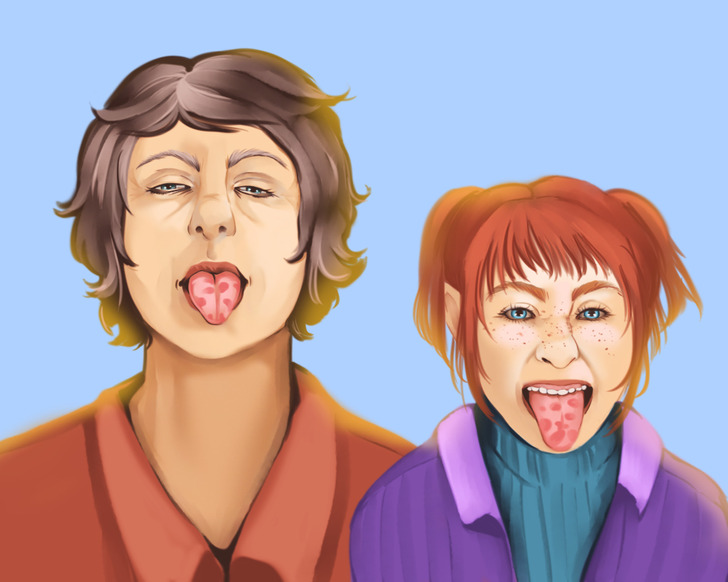
The exact causes of a geographic tongue are not known. Some doctors see a series of causes:
- Irritation from hot or spicy food
- Genes
- People suffering from psoriasis often have a geographic tongue.
- An unstable hormonal background — changes on the tongue can happen when you take hormones.
- Vitamin deficiency — a lack of zink, iron, folic acid, and vitamins B6 and B12 are also connected with this condition.
- Allergic reactions can cause this. People with eczema, hay fever, and other allergies may have an increased chance of having the condition.
- Diabetes type 1 often leads to such a tongue.
- Emotional stress — doctors have found a link between increased stress and geographic tongue.
Fissured tongue
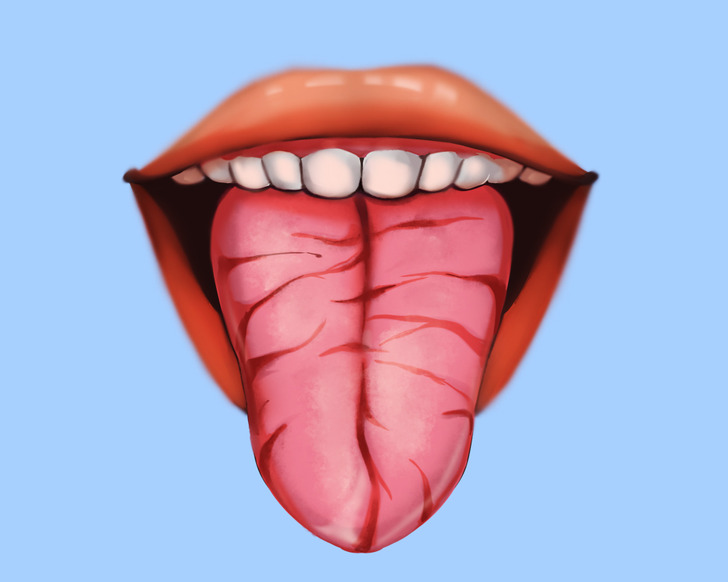
A tongue that has cracks and grooves is called fissured. It’s harmless and not contagious.
Children might have fissures on their tongues, but most of the time, they appear in adults. They can become deeper with age, just like wrinkles on the face. Men have fissured tongues more often than women.
This condition doesn’t require any special treatment. Patients need to clean the surface of their tongues well to avoid food pieces from building up there that can cause irritation or infection.
Symptoms
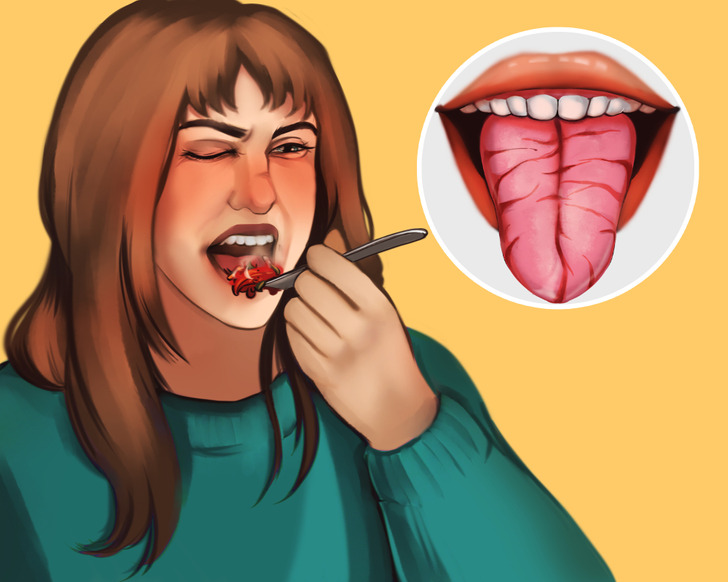
- Location: The fissures often cover the top of the tongue but they can also be on the edges.
- Size: The size and depth of the cracks can be different. They can also interject and separate the tongue into several sections.
- Sensation: Usually, this condition doesn’t cause any unpleasant sensations. Some discomfort may appear when food gets into the fissures.
Causes
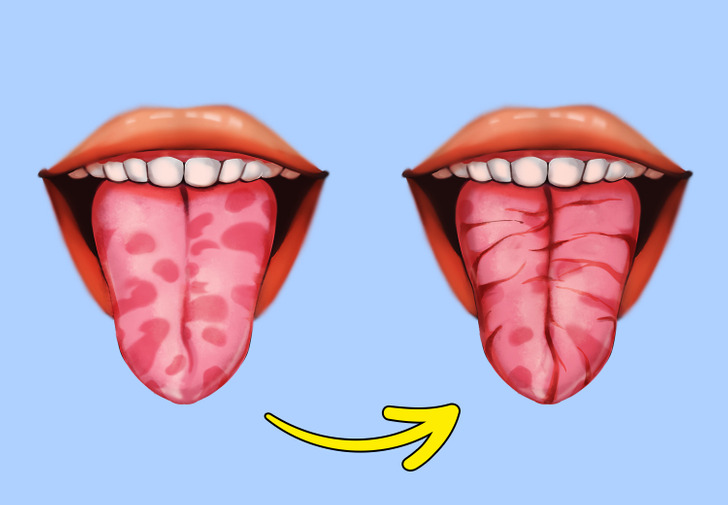
Just like with the geographic tongue, the exact causes of the fissured tongue are not clear. Doctors see a bunch of possible reasons for it:
- Bad food and vitamin deficiency
- Geographic tongue — fissures often appear on geographic tongues.
- Genes
- Orofacial granulomatosis and granulomatous cheilitis are both rare conditions that can lead to fissures on the tongue.
- Bruxism — people that grind their teeth have a higher risk of having tongue fissures.
- Tongue bites and cuts
How to prevent fissures
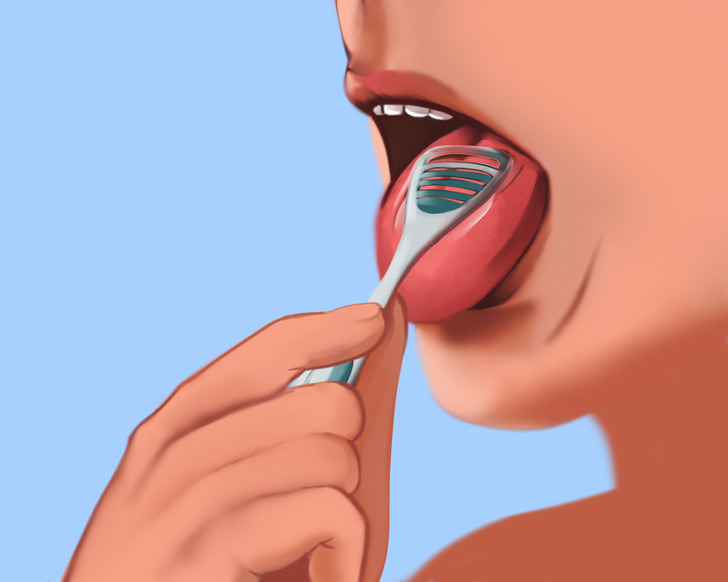
- Have a balanced diet. Foods that contain vitamins, zinc, and iron can help you keep your mouth healthy.
- Follow the rules of hygiene. Brush your teeth twice a day for at least 2 minutes.
- Scrape your tongue. It will help you remove pieces of food from the mouth.
- Be careful with what you eat. Avoid spicy and hot foods and drinks.